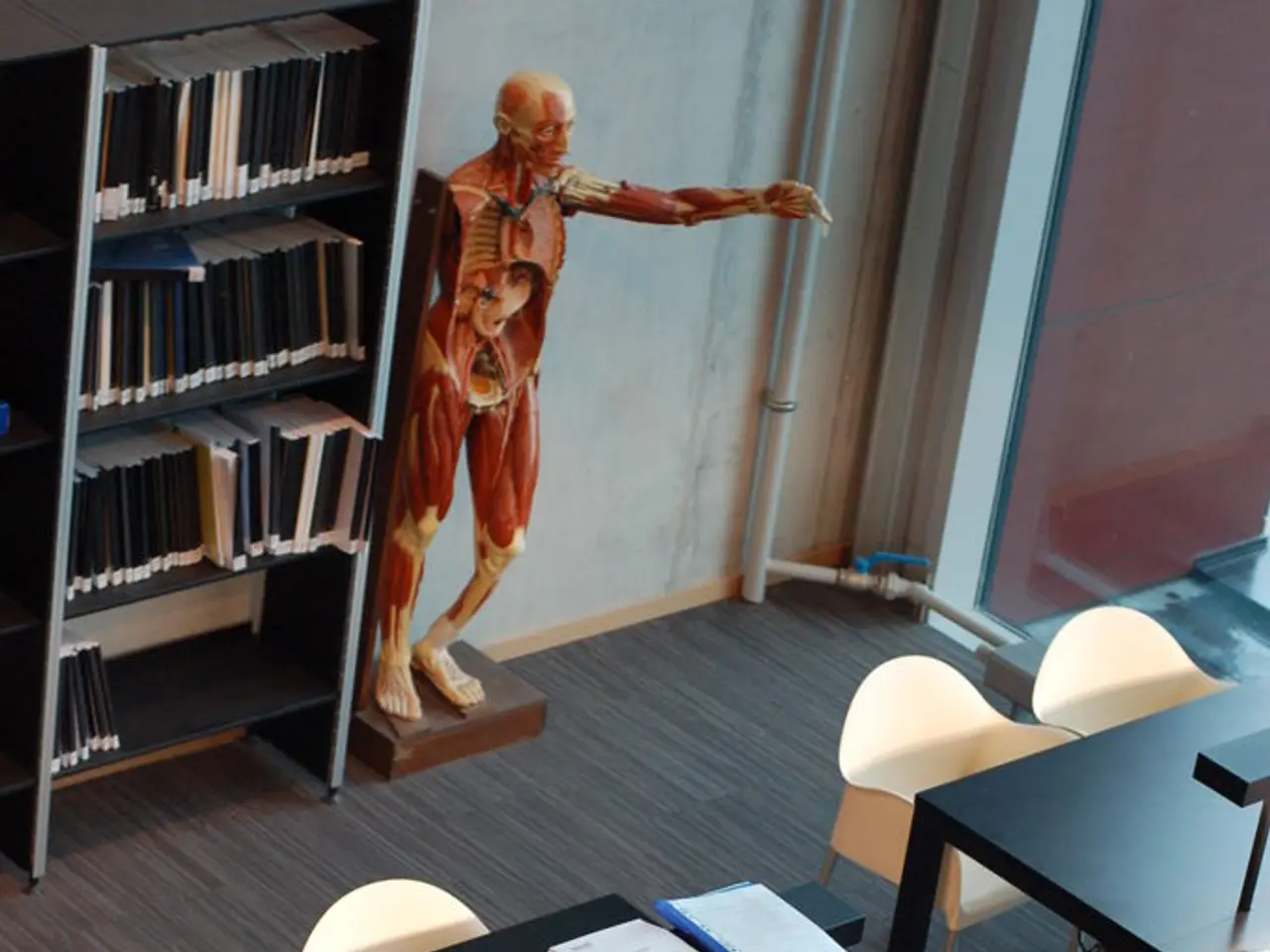Digital Twin Tech in Retail: Advantages, Applications, and Realization
In the ever-evolving landscape of retail, digital twins are emerging as powerful tools to revolutionize operations and customer engagement. By simulating real-world systems and processes, these virtual models offer a wealth of benefits, from predictive analytics to real-time decision-making.
Digital twins are not exclusive to a single industry. They are being adopted across various sectors, including retail, where they are used to optimize operations, predict disruptions, and manage supply chains. One such example is MobiDev's interactive ERP system, which functions as a digital twin of physical retail venues, offering a tech-agnostic solution adaptable to any retail-specific needs or enterprise environments.
The key to developing a scalable digital twin system lies in several strategic approaches. First and foremost, it is crucial to start with clear business goals and use cases, such as inventory management, store layout optimization, or personalized customer experiences. This focus ensures the digital twin addresses real pain points and drives measurable value.
Secondly, high-quality, real-time data integration is essential. By using sensors, cameras, IoT devices, and existing operational data, digital twins can accurately simulate and provide actionable insights.
Building an interoperable and modular architecture is another essential aspect. This design allows for easy integration with legacy systems, third-party applications, and future technology upgrades, ensuring scalability and omnichannel integration.
Advanced simulation and AI analytics play a significant role in digital twin systems. By leveraging machine learning and simulation algorithms, retailers can test store layouts, forecast demand, optimize supply chain responsiveness, and personalize customer journeys.
Prioritizing user experience and visualization is also crucial. Intuitive 3D visual models of stores or warehouses enable faster, data-driven decision-making and assist in planning and training.
Ensuring flexibility and real-time responsiveness is equally important. Digital twin systems should be designed to adapt to disruptions such as supply chain delays or sudden demand spikes, ensuring operational resilience.
Optimizing space and workforce utilization is another key advantage. Insights from digital twins can help retailers identify underused space or improve worker safety and productivity.
A gradual implementation and continuous improvement approach is also recommended. Start with smaller proof-of-concepts or pilot stores, then scale as you refine data collection, analytics, and integration. Continuously update the digital twin with new data and innovations to maintain relevance and scalability.
As IoT components and sensors become cheaper, it will be easier for businesses to incorporate them into their retail operations, further enhancing the benefits of digital twins.
In conclusion, scalable digital twin systems in retail thrive on comprehensive data integration, flexible and modular design, AI-driven analytics, and real-time adaptability to optimize operations and enhance customer experience across channels. By embracing this technology, retail businesses can meet rising customer demands for service and maintain a competitive edge in the digital age.
MobiDev, with its expertise in retail software development and AI consulting, can help retail businesses achieve greater efficiency and meet these demands by developing a cutting-edge, virtualized simulation of their store processes and a scalable solution for omnichannel growth.
Custom software development, specifically in the realm of digital twins, is a growing area of interest for various industries, including retail, finance, and personal-finance. These virtual models, like MobiDev's interactive ERP system, can be tailored to specific business needs, offering tech-agnostic solutions that simulate real-world systems for optimal operations and decision-making.
The key to developing scalable digital twin systems lies in setting clear business goals, such as improving inventory management or offering personalized customer experiences. High-quality, real-time data integration through sensors, cameras, IoT devices, and existing operational data is also essential for accurate simulation and actionable insights.
Advanced simulation, machine learning, and AI analytics play a significant role in digital twin systems, enabling retailers to optimize store layouts, forecast demand, and personalize customer journeys. User experience and visualization are equally crucial, with intuitive 3D models providing a platform for faster, data-driven decision-making.
Flexibility and real-time responsiveness are key to ensuring operational resilience in the face of disruptions such as supply chain delays or demand spikes. By gradually implementing and continuously improving digital twin systems, businesses can maintain their relevance and scalability, particularly with advancements in data-and-cloud-computing and artificial-intelligence technologies.
As IoT components and sensors become more affordable, incorporating them into retail operations will further amplify the benefits of digital twins, revolutionizing the retail landscape and helping businesses meet rising customer demands in the digital age. With expertise in retail software development and AI consulting, MobiDev provides a cutting-edge, personalized solution for retail businesses seeking greater efficiency and omnichannel growth.




